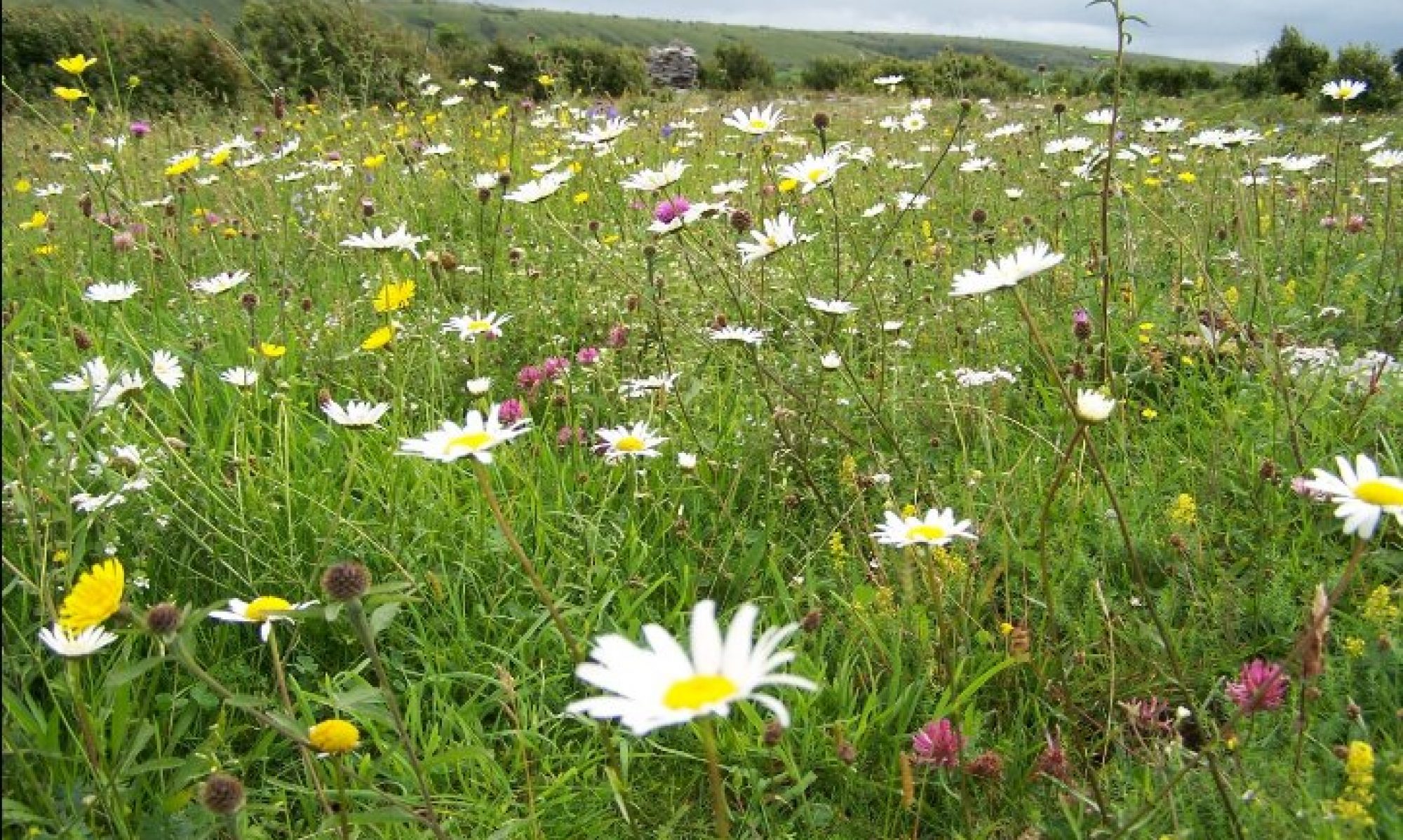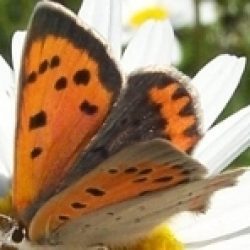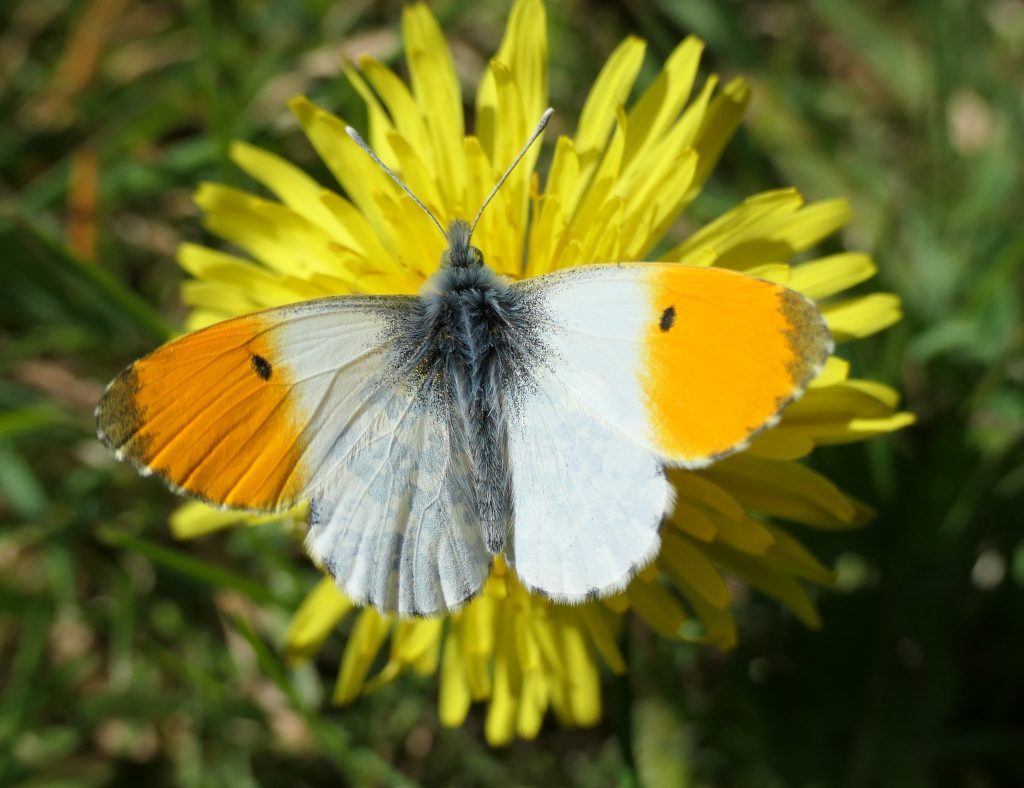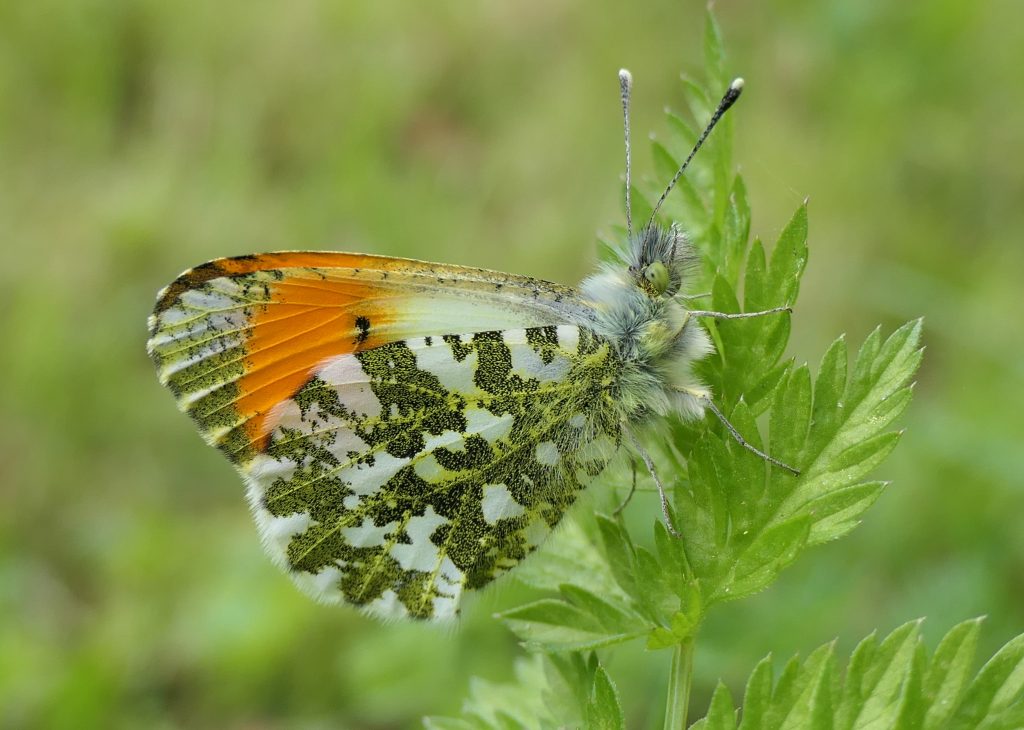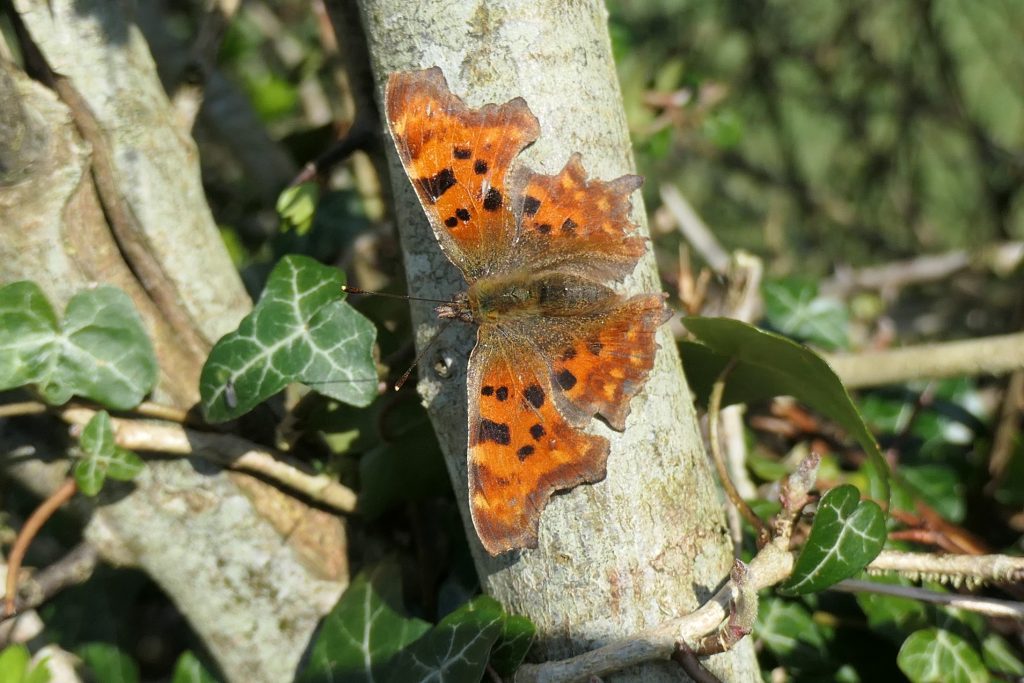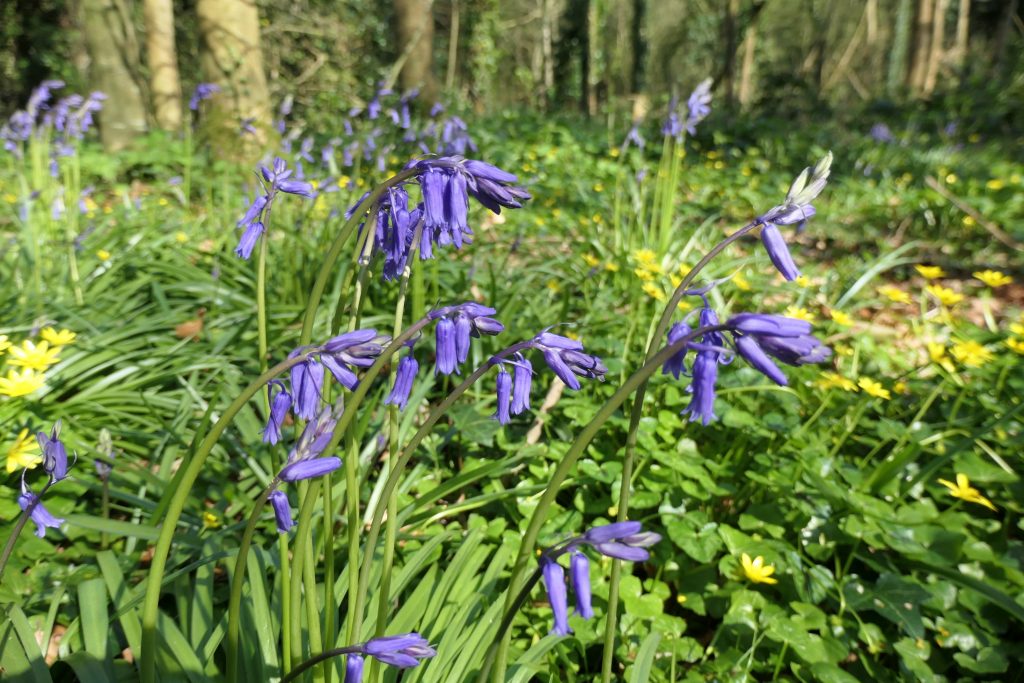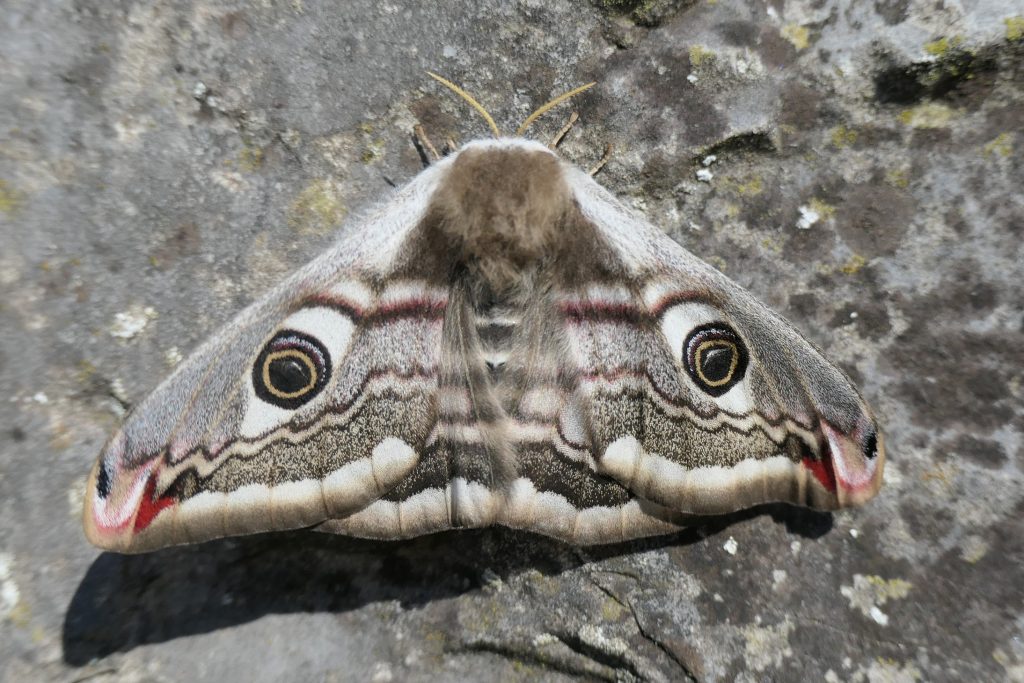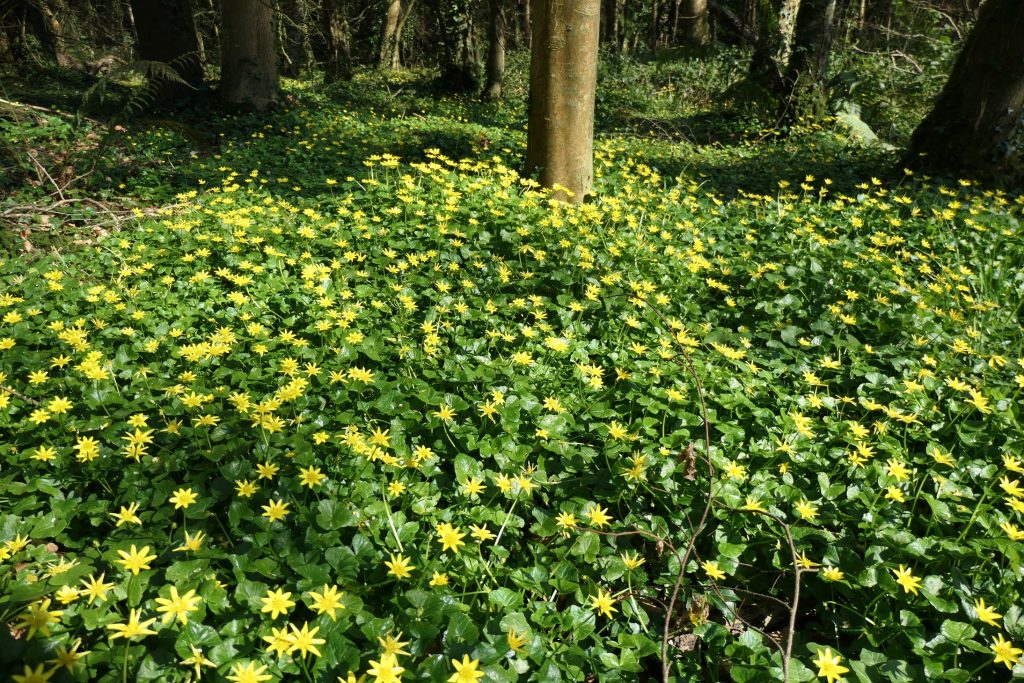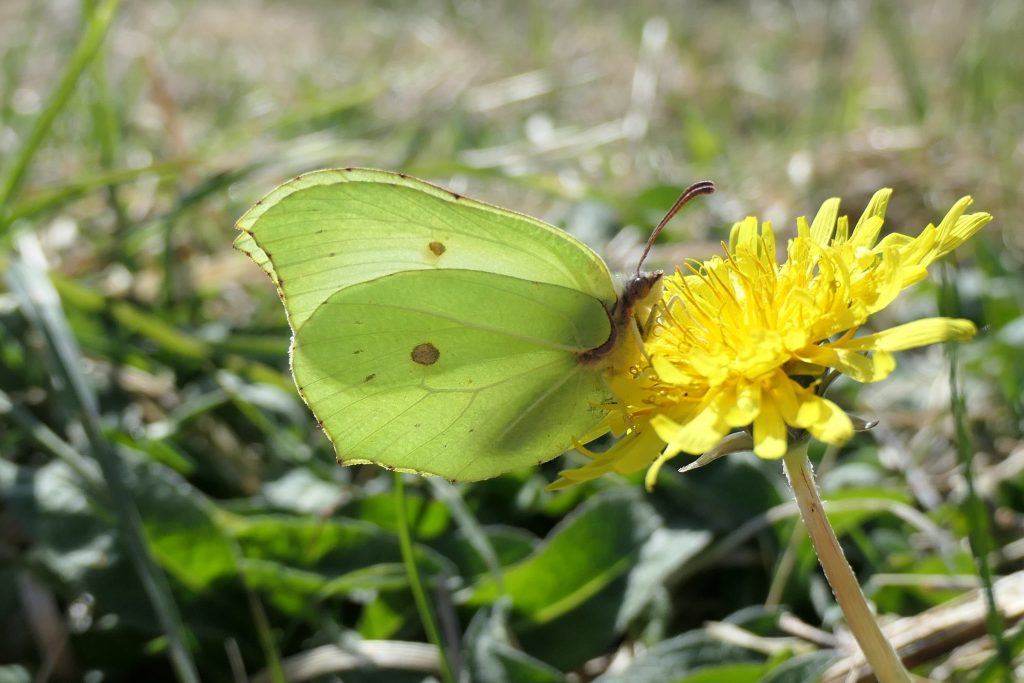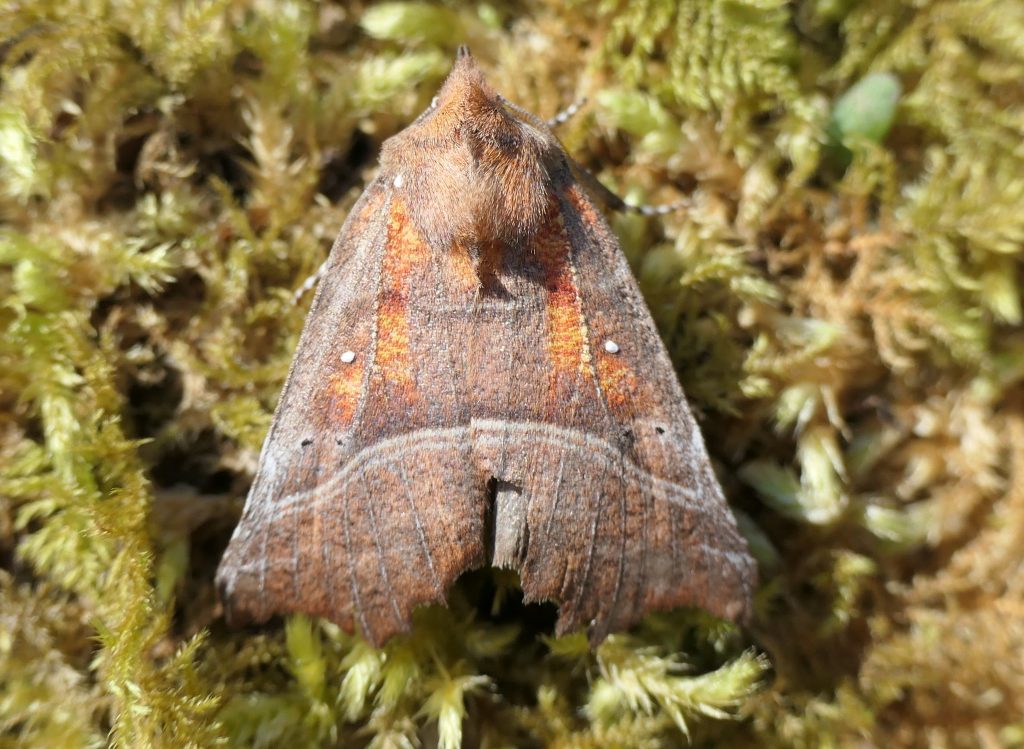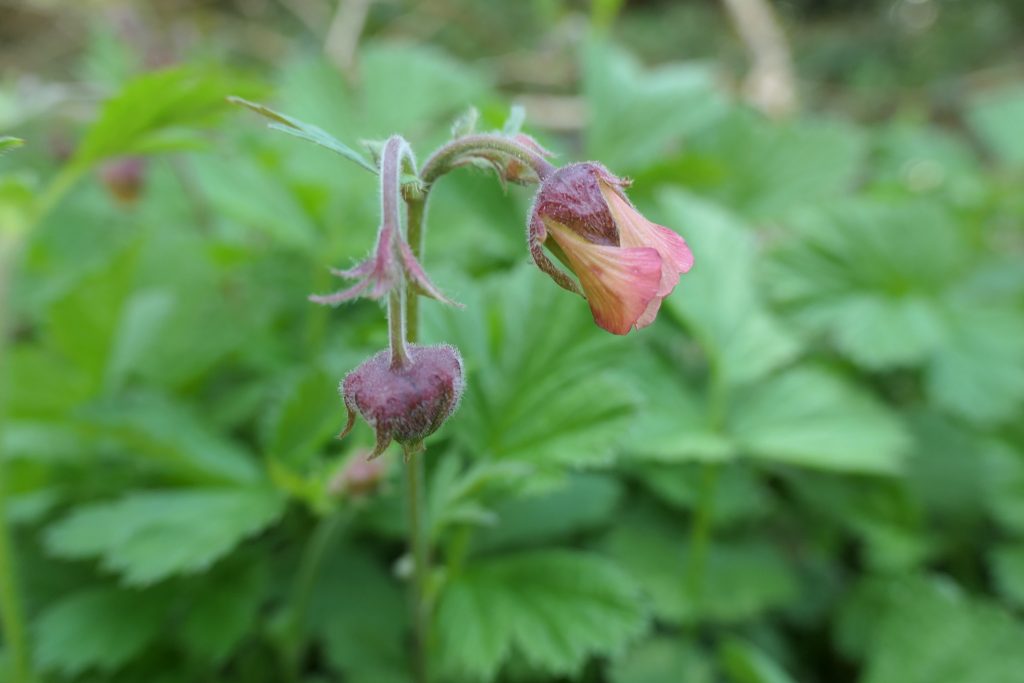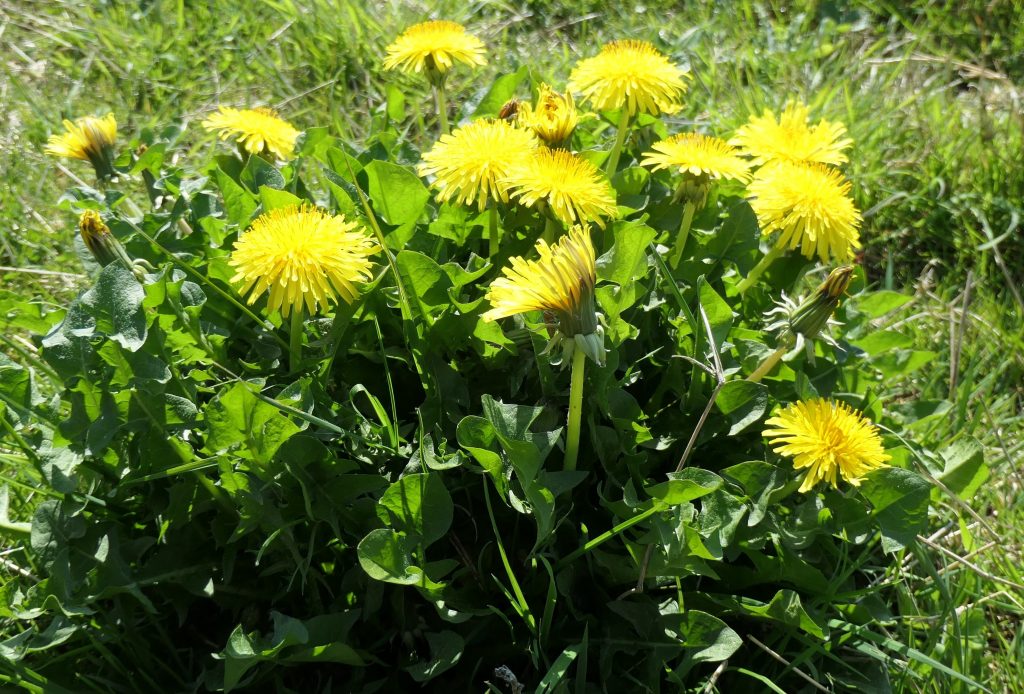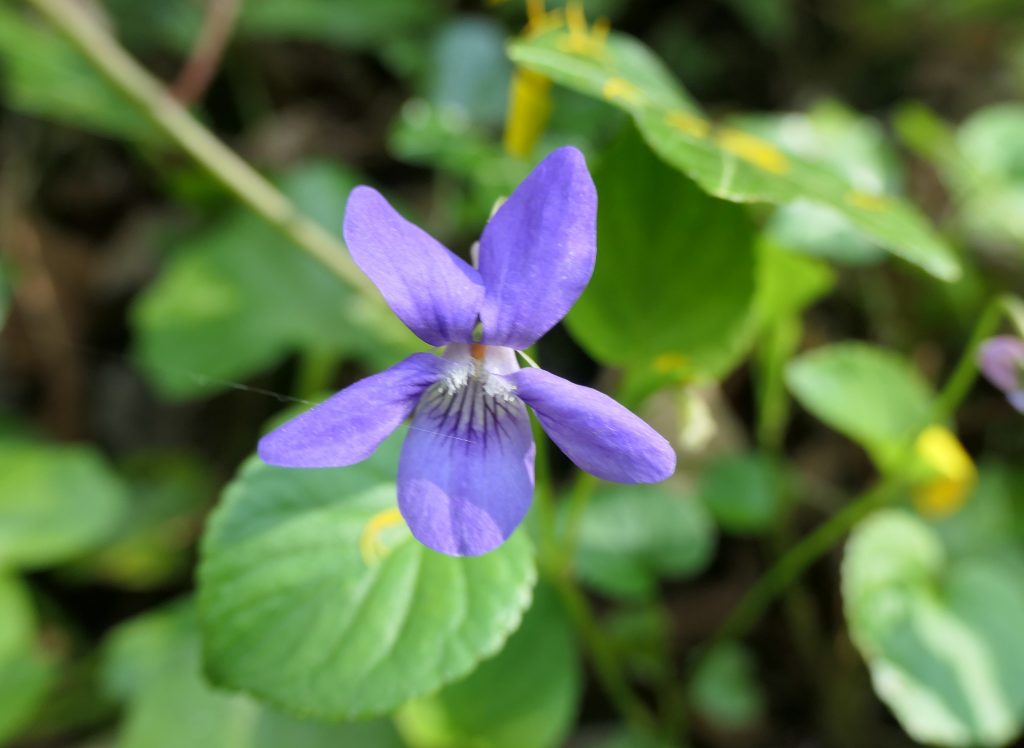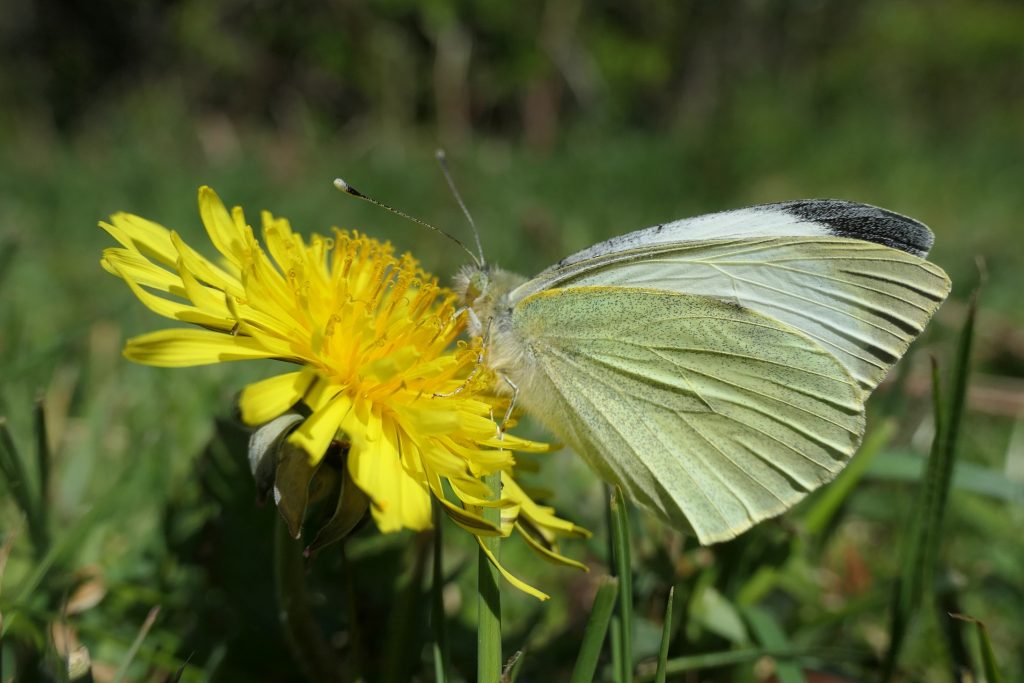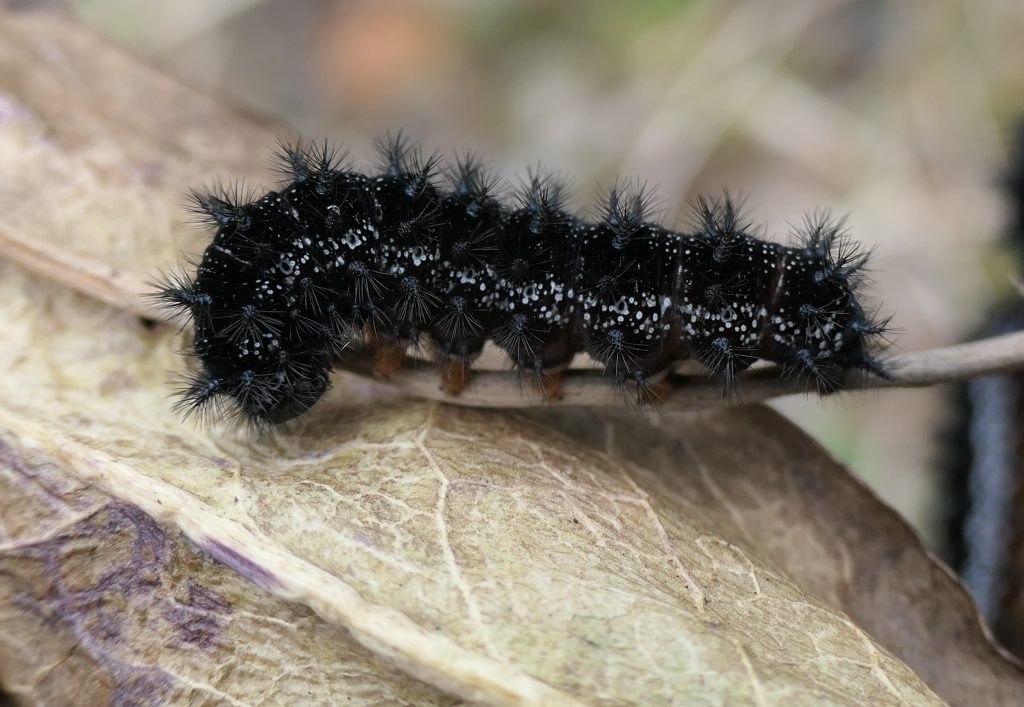There is a wonderfully uplifting moment in Jane Austen’s novel Emma when the title character receives an unexpected offer of marriage from the noble but restrained Mr Knightley (note the rather obvious name symbolism). The backdrop to the offer is grim. Seen through the neurosis of Emma’s perspective, Knightley appears destined to offer his love to another, and she has damaged her relationship with him and others beyond repair. As the critic Ronald Blythe points out in his introduction to the Penguin edition, the story is not about ‘the marriage of true minds’ but it explores, with the ingenuity of detective fiction, the marriage ordeal.
This ordeal and the bleak circumstances for Emma are reflected in the narrative description of the weather:
A cold stormy rain set in, and nothing of July appeared but in the trees and shrubs, which the wind was despoiling, and in the length of the day, which only made such cruel sights the longer visible. (Austen, 1815, p. 409-10)
However, the following afternoon the meteorological melancholy lifted:
In the afternoon it cleared; the wind changed into a softer quarter; the clouds were carried off; the sun appeared; it was summer again…Never had the exquisite sight, smell, sensation of nature, tranquil, warm, and brilliant after a storm, been more attractive to her. (Austen, 1815, p. 412)
This description of the changing weather forms a glorious parable behind the moment the heroine and Mr Knightley are united.
The literary device for linking the human mood with the mood of nature is frequently applied in novels, plays, poetry and film. It never gets tired because it works.
In fiction and reality, the mood is impacted by the weather. Some of this impact is severe; ‘climate anxiety’ is defined by Yale:
Climate anxiety is fundamentally distress about climate change and its impacts on the landscape and human existence. That can manifest as intrusive thoughts or feelings of distress about future disasters or the long-term future of human existence and the world, including one’s own descendants (Lowe, 2025).
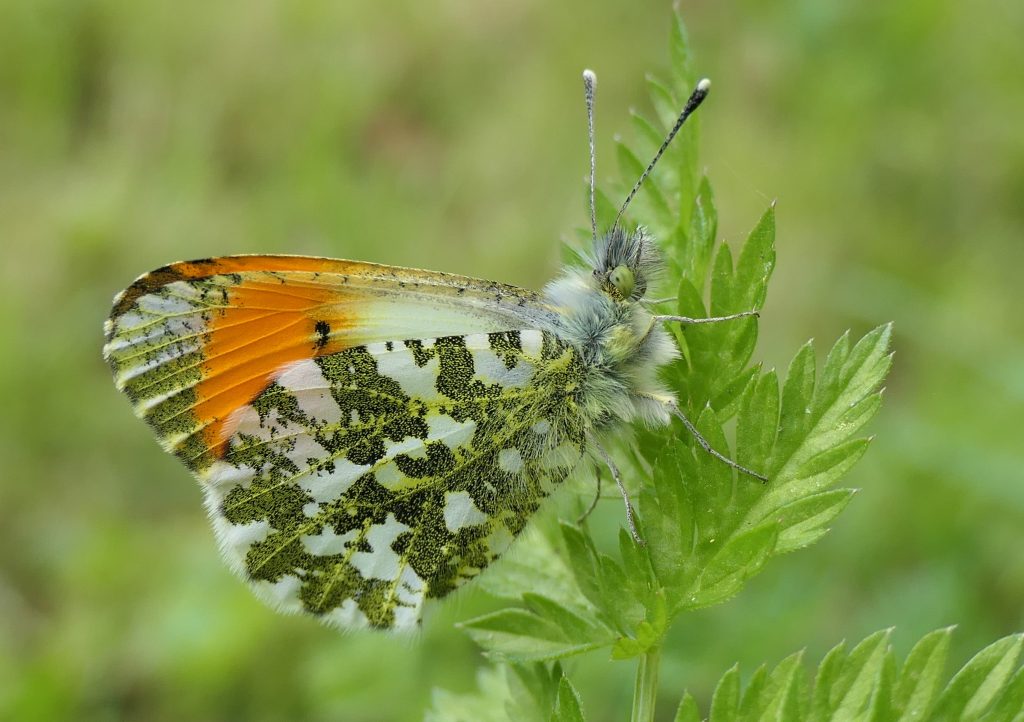
Anyone who thinks this is new should look at Emma’s father’s weather phobias, and indeed the outlook of several characters that populate the novel. Winter turns them into moles, and a dusting of snow induces panic. Heat has a disorientating impact, with the July Box Hill picnic a fractious and bad-tempered outing.
However, humans have always been profoundly affected by climate and weather. In recent history in this part of the world, when poor weather damaged harvests economic loss, social and political upheaval and even mass starvation occurred. Invertebrates are no different. The months of cool, inclement weather in 2023 and 2024 severely reduced butterfly and moth abundance.
The prolonged sunny weather during March and up to April 10th this year (2025) accelerated the development of butterfly larvae. The Marsh Fritillary caterpillars Euphydryas aurinia at Lullybeg reached the sixth (final) instar early in April and many pupated. This happened in April 2011 and the first Marsh Fritillary adults danced above the grasslands in Lullybeg on 8th May when spring dissolved into cold winds and rain. Summer never happened in 2011. The early glories of spring were pulverized by biblical rains. In July the river at Lullybeg overflowed and drowned whatever larvae were produced by the few stalwart adults that bred there. It took several years for the riverbank population to return. As though embedded in the colony’s collective memory, the habitat in that part of the reserve was shunned by future generations, until recently.
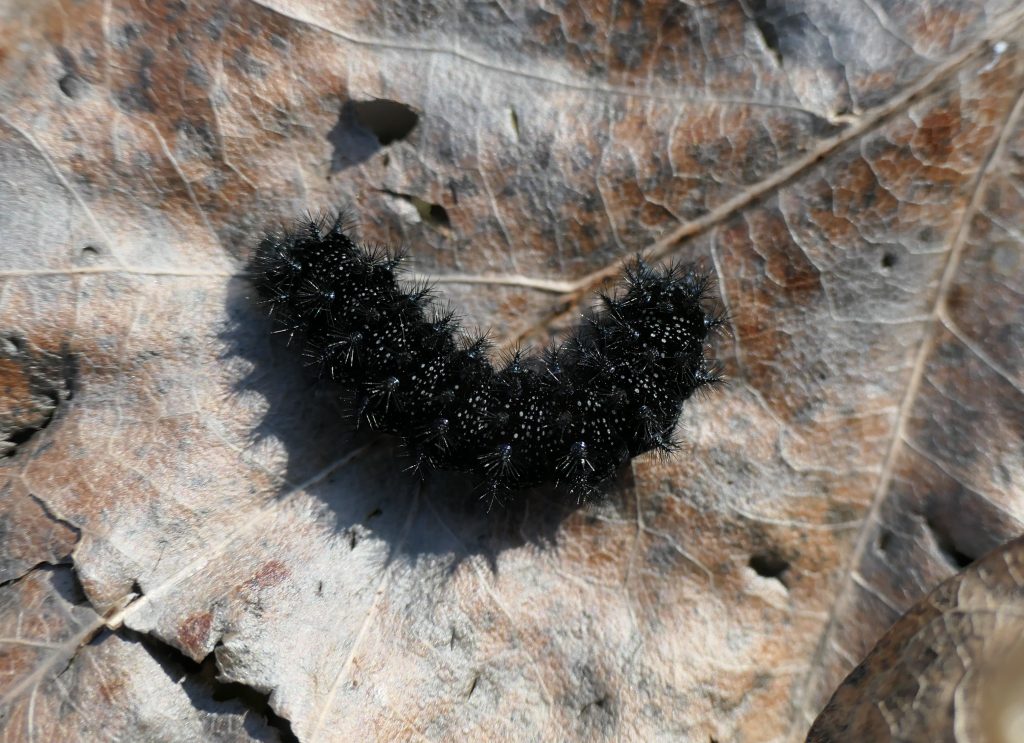
This year the weather turned wet and cool from early in the second week in April but has made a recovery effort in recent days. The default setting for Ireland’s climate is unpredictable. This year, we could see the misery of 2011’s ‘summer’ or the sublime summer of 2018. Or an absurd mixture of both. Neurosis can be provoked by our erratic climate. We never know what we face or how to act.
However, I have learned to look askance at extended lavish sunshine in spring. The meteorological auditor usually institutes a punitive balancing of the books. 2007, 2009 and 2011 provide evidence of this ‘equilibrium’. In these years, spring and summer swapped positions. On the other hand, the bleak spring of 2013, when weeks of leaden skies chilled our countryside, offered no sign of the summer. Winter over-stayed. There was no spring in 2013. Winter’s reign was directly followed by summer. And it was glorious. I recall seeing 13 pristine Wood Whites Leptidea sinapis between Murroogh and Murrooghtoohy in Northwest Clare, near Black Head, on 5th July, a perfect, happy day. This is a late date for the first generation of the Wood White which usually hatches from early May and finishes flying around mid-June. Of the three Dingy Skippers Erynnis tages I saw that day one was freshly hatched. Late to fly but making up for lost time.
Weather has a powerful influence on abundance (survival rates), emergence times, brood structure, hibernation and migration. Extreme heat during spring and summer is beneficial to most species. Extreme heat from November to February is negative for populations. Emergence times and hibernation are strongly influenced by seasonal factors such as day length but prolonged spring heat will promote earlier emergence from the pupa and will prompt earlier emergence of butterflies that over-winter as adults. We saw the first Dingy Skipper butterfly (a species that emerges from the pupa in spring) on 12th April this year. In 2024 we didn’t record this teddy bear-like butterfly flutter until 15th May, a month later. Geraldine Nee reported the first Brimstone Gonepteryx rhamni (which passes the winter in the adult state) at Derrinrush Woods, County Mayo on 23rd February, an early date for this lovely creature. In some years (2020) it takes us an additional month to see our first Brimstone.
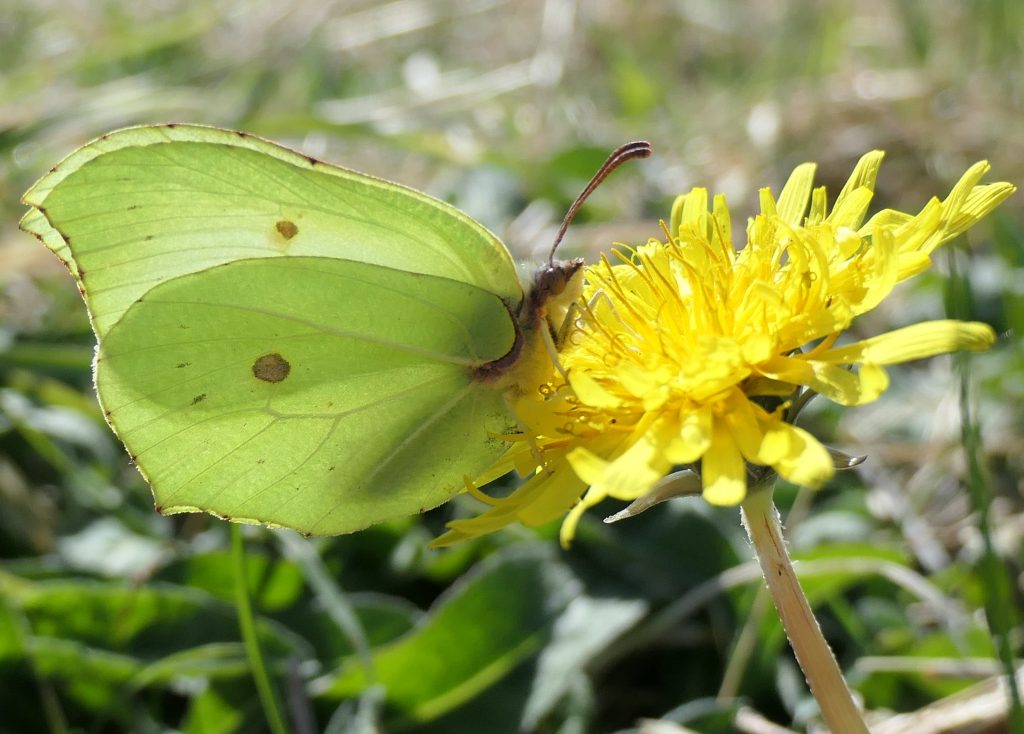
The number of generations that multi-brooded butterflies produce is influenced by the weather over the flight season. A warm spring and summer can see the Small Copper Lycaena phlaeas produce three generations, but in Ireland, the third brood will be a partial generation with most of the second brood’s larvae overwintering. Under unfavourable conditions, a multi-brooded species might issue a cancellation order and produce just one generation. This flexibility is an excellent survival strategy. In Ireland, this has been observed, or strongly suspected, in the Small Tortoiseshell in dry summers in Howth, County Dublin. In such years, nettles are unsuitable for a second brood. Instead of breeding, the first generation hibernates until the following spring.
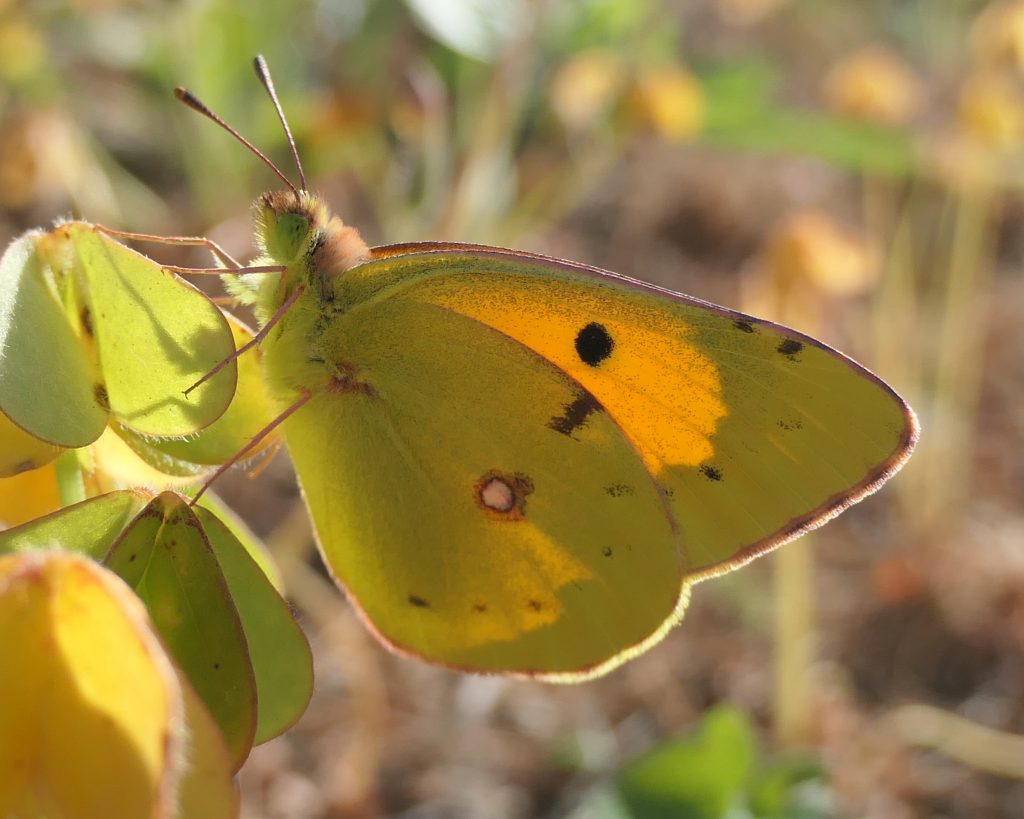
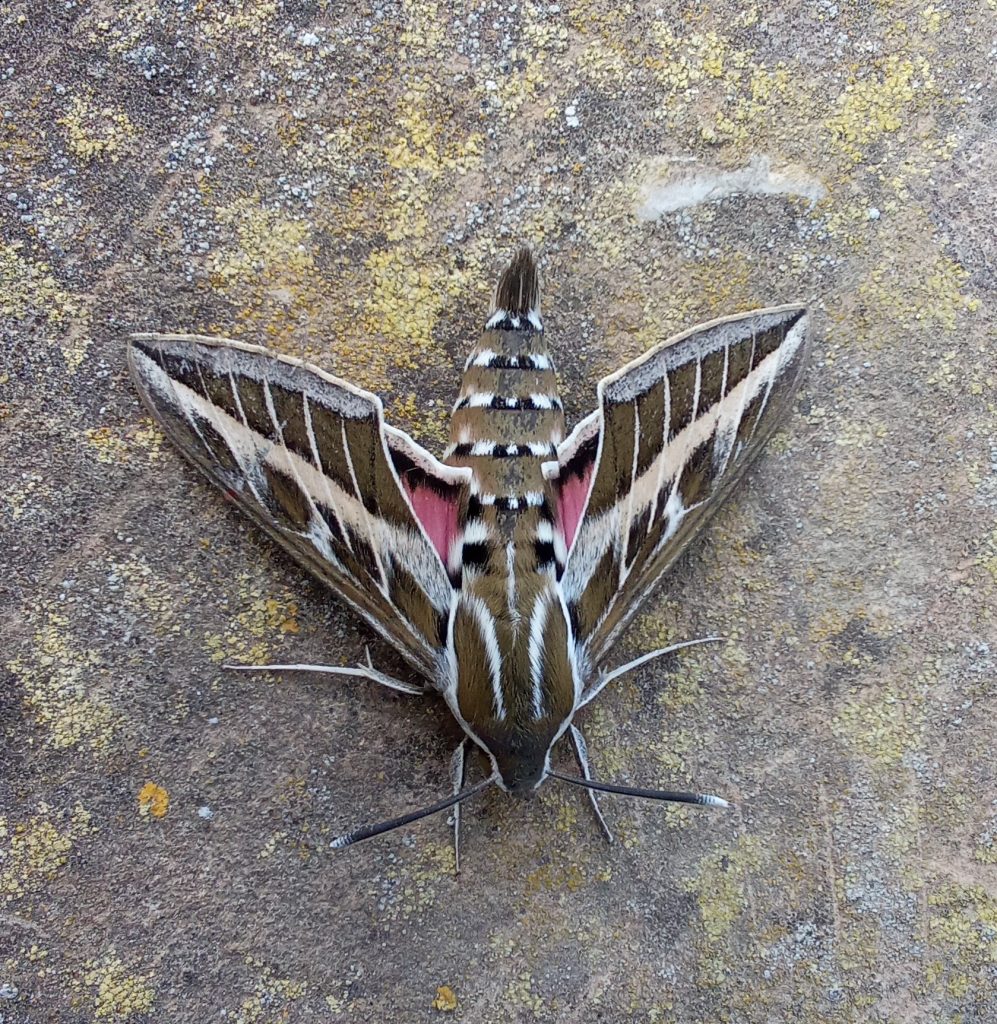
This April, a strong sirocco blew from Tunisia to Malta and Italy for several days. This brought many insects from North Africa, including the billowing, gaudy Plain Tiger butterfly Danaus chrysippus (nothing plain about this masterpiece). Large numbers of other migrants, notably Clouded Yellow Colias croceus, Painted Lady Vanessa cardui, Vestal Rhodometra sacraria and Striped Hawkmoth Hyles livornica also appeared, some in impressive totals. Depending on their breeding success in southern Europe and following southerly winds this summer, we might see some of their offspring later this year.
Wouldn’t that lift our mood?
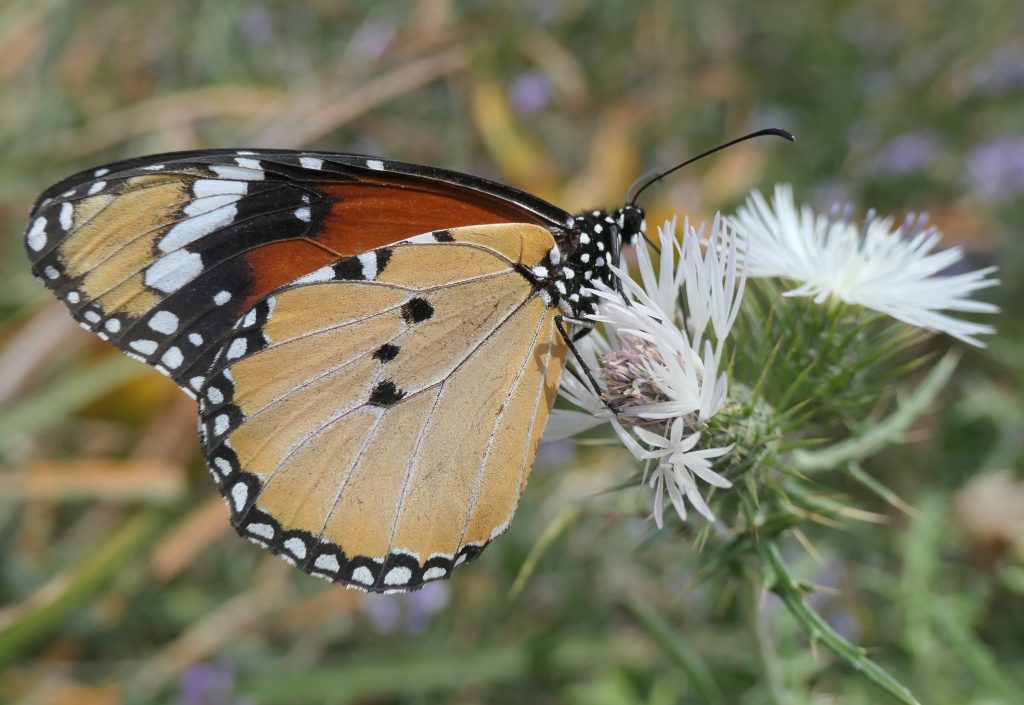
Reference
Lowe, S. (2025) Yale Experts Explain Climate Anxiety. Available at: https://sustainability.yale.edu/explainers/yale-experts-explain-climate-anxiety#:~:text=LOWE%3A%20Climate%20anxiety%20is%20fundamentally,world%2C%20including%20one’s%20own%20descendants.(Accessed 27 April 2025).
